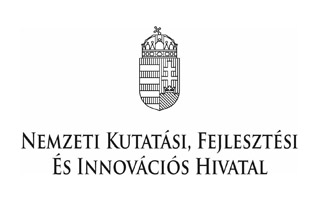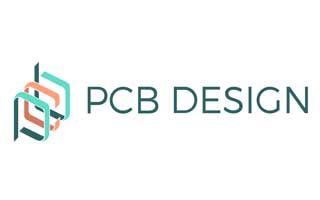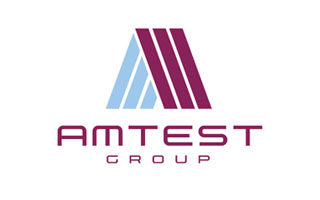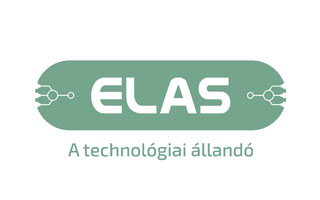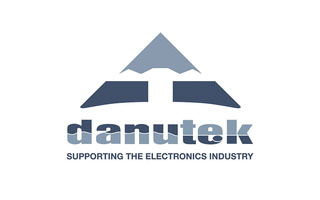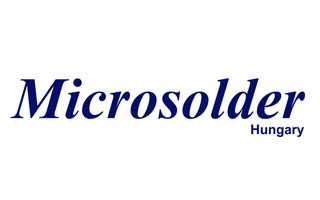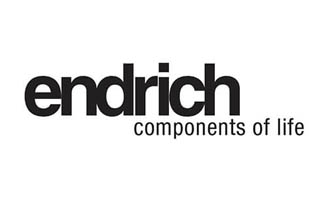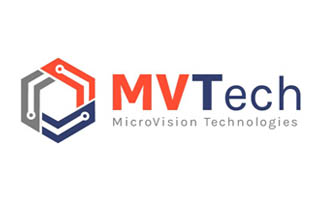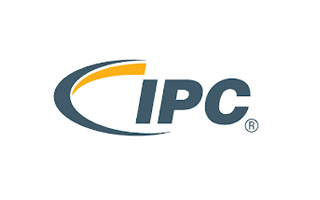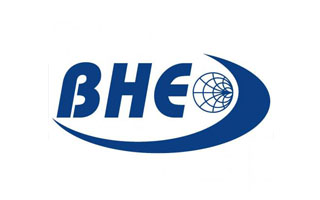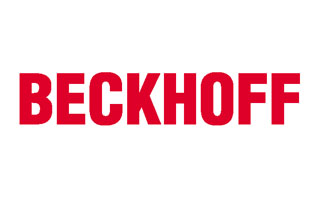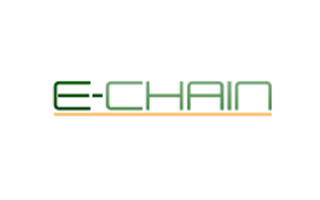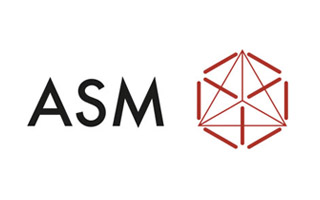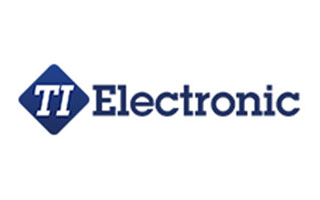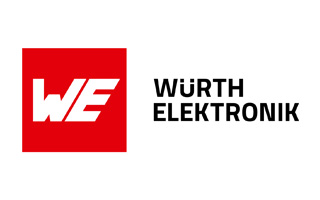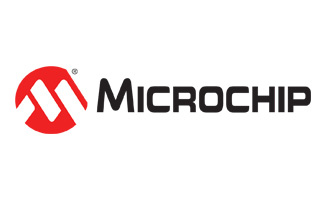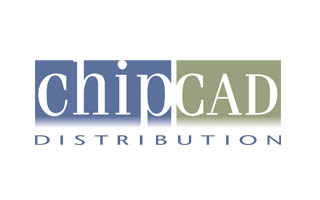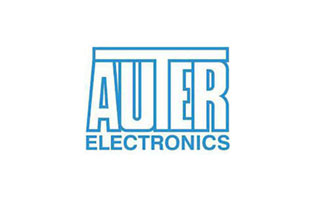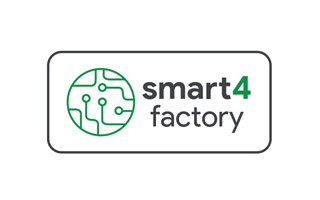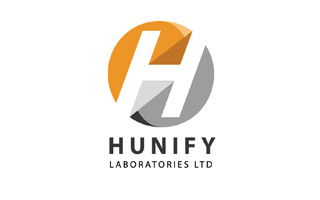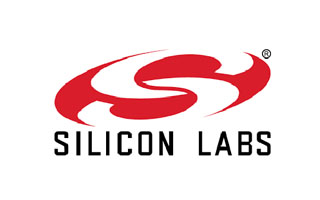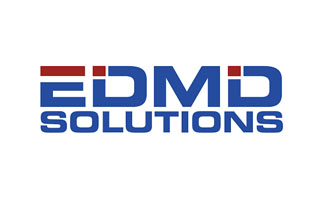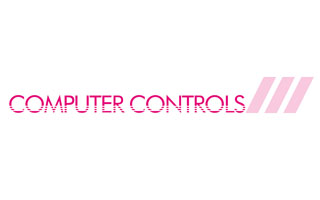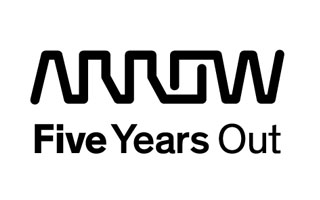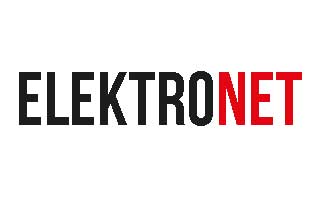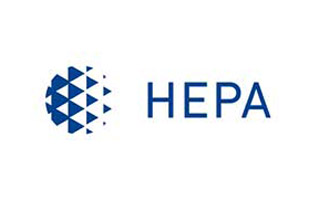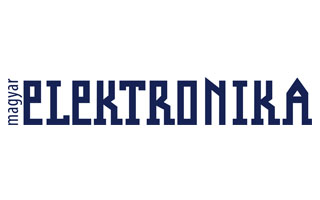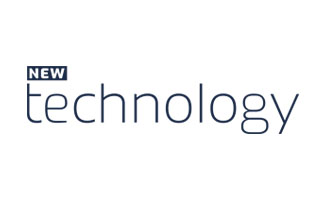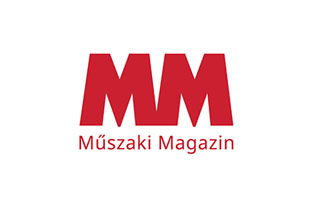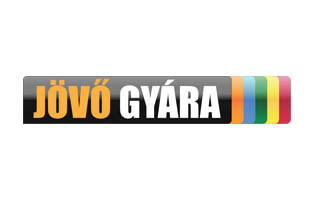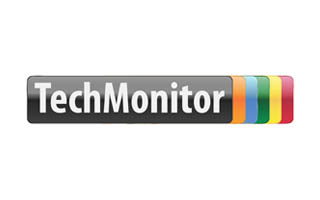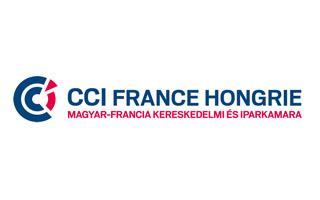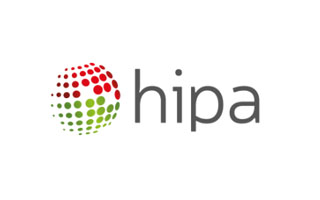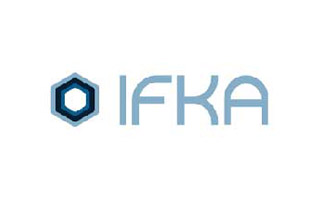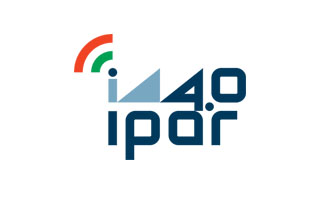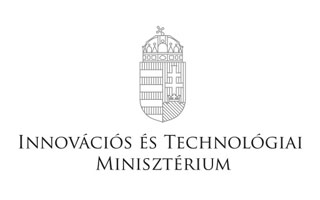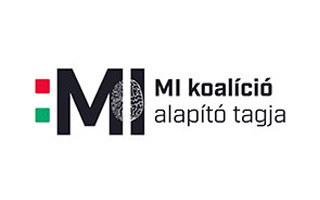|
március 30.
2022
|
Földszinti színpad
|
Az előadás magyar nyelven zajlik!
Solder paste printing is a well know and understood process in the SMT industry. A thin layer of solder paste printed through on an aperture of a stencil to a substrate called PCB. These PCBs typically came in a panelised format.
“Panelised PCB” means putting together boards to help increase processing speed. Printing multiple substrates within a single print stroke is more cost effective than printing one at a time. Optimization and grouping is especially common in the case of high volume manufacturing.
Over the last few years, however we have seen an increase in singulated SMT PCBs as manufactures move away from panelised boards.
Singulated requirements that traditionally came from the Semicon industry are now being seen in the Automotive and High Volume SMT market include sensors, DBC power modules and mobile phones.
What’s the reason?
Well, this is happening as the cost and complexity of individual PCB circuits are increasing. Smaller components and reduced line width and spacing ratios are making substrates more complex and expensive to manufacture, driving a move away from panelisation. Moving to singulated substrates helps to reduce scrap during the bare board manufacturing process as well as helping eliminate mechanical stresses caused by the de-panelisation process.
It gives the customer increased throughput and a reduction in cost to produce a single substrate.
For more information please visit the www.asm-psp.com website.
Singulated Substrate solutions:
Throughout the years ASM have created various tooling systems to overcome the printing of various singulated products. This has been a solution driven process.
Through a range of different technologies and options, the ASM tooling group can provide solutions for a number of different challenges faced by the industry. Allowing the processing of multiple units at once for the purposes of printing a range of different materials. The tooling can also bring with it additional functionality not provided by the printer alone (such as warped or strip products), increasing its value to the end user when running difficult to handle products.
Here’s our latest solution… MASS (Multiple Alignment Singulated Substrate)

